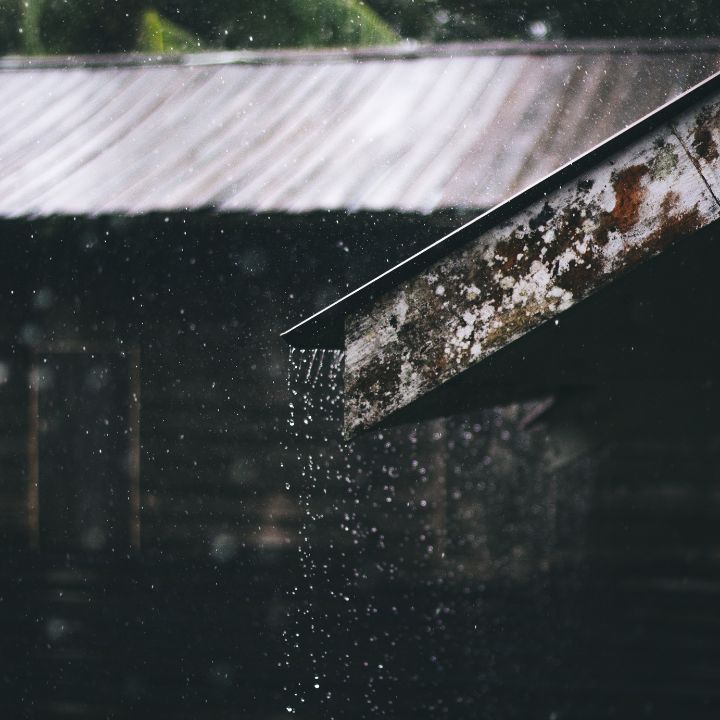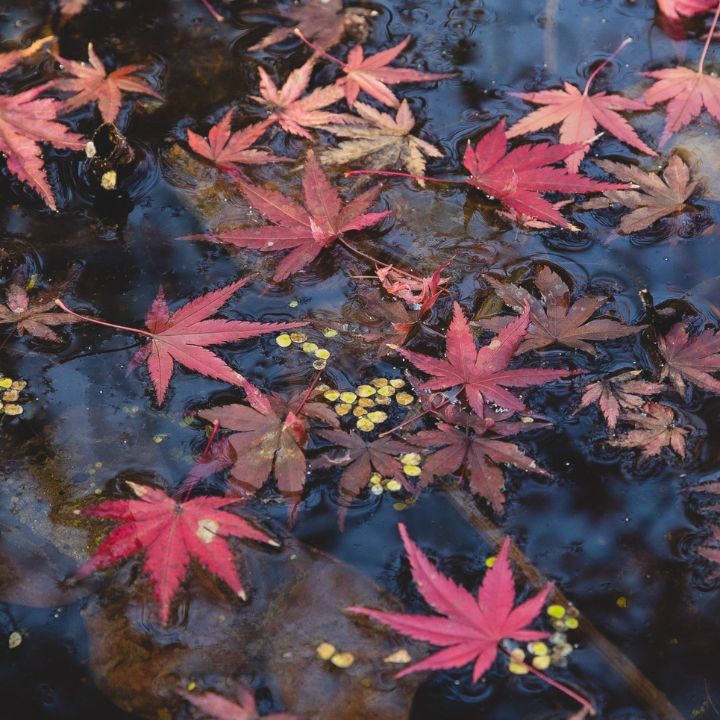Rain Water Harvest for Everyday Uses
Free & Unprocessed Water Benefits
If you’ve been thinking about diy rain catcher systems, never fear. People have been collecting rainwater for thousands of years and it’s easy! Whether you want a small amount for watering potted plants, or a full tank to irrigate your garden and lawn, there is a collection system that will work for you. To help you decide what’s best for you, here are some benefits and methods of collecting rainwater.
Benefits of Collecting Rain Water
- Rainwater is the best water for irrigation. Groundwater tends to have a high mineral content or harmful chemicals from runoff. Some municipalities supplement the water supply with fluoride. While fluoride is good for our teeth, too much of it can cause fluoride toxicity in plants.
- You’ll depend less on groundwater. Population growth, especially in cities, puts a strain on our water supply and has negative impacts on the environment. All life suffers when there isn’t enough clean water available.
- Using rainwater reduces your water bills. In addition to irrigation, rainwater can be used for laundry, flushing toilets, and household cleaning. It can even be purified for drinking or bathing.
Ways to Collect Rain Water
Rain Catcher Barrel
If your goal is to collect as much rainwater as possible, this is a great option. These collection barrels are available in different sizes and have different features. There are barrels with spigots that easily connect to garden hoses, collapsible barrels that allow for portability and storage, and barrels that connect with a downspout that will collect runoff from your roof. Most rainwater barrels have built-in mesh to screen the water, and there are mesh covers that you can buy separately.
Tips on Using Rainwater Barrels
If you use a repurposed barrel, make sure it never held petroleum products or cleaning solutions. Food-grade barrels are best.
If possible, don’t place your barrel in a sunny area. The trapped heat may encourage bacteria growth.
If your roof doesn’t have gutters, you can place a barrel under a valley (where two slopes on your roof meet) and use a rain chain to divert water into the barrel. These rain chains are also great for extending an existing downspout if needed.
To help with flow, use gravity to your advantage. Use a stand to elevate the barrel, that way water will flow out more freely.


Rainwater Collecting Tarp
A great alternative to collecting roof runoff is a rainwater tarp. There are a couple of ways to set up a rainwater tarp, depending on how much space you can use and the topography of your yard.
If you have an elevated area of the yard, you can dig a shallow bed for the tarp, allowing for a downslope under one of the tarp corners. Attach a pipe or hose to the lower tarp corner, then attach the other end of the pipe or hose to a collection vessel downslope.
For those who don’t need quite that much water, or don’t have extra yard space to spare, there are suspension tarps specifically designed to catch water and divert it into a receptacle. These include a nozzle that connects to a garden hose, which channels the water into your collection vessel. Garden hooks are perfect for suspending these tarps, since they can easily be moved.
Rainwater Catchment System
These systems are a bit more involved and are best for those who want to collect as much rainwater as possible. With a catchment system, you would use pvc pipe to divert rainwater from all gutters into a large collection tank, or a series of barrels connected by pipes or hoses. You would utilize all downspouts, diverting the runoff to your collection system.
In this catchment system, you would use a downspout adapter to attach pvc pipe to all downspouts, then use the pvc pipe to divert the rainwater to your collection tank or series of barrels. This is perfect for those who want to maximize their rainwater collection, and you can camouflage the pvc pipe with trellises if you’re worried about appearances.
If you’re interested in sustainable options, bamboo can be used for diversion pipes instead of pvc. The bamboo would need to be replaced every few years, but it is much better for the environment. Historically, bamboo has been used to collect rainwater and even utilized for drip irrigation systems.


